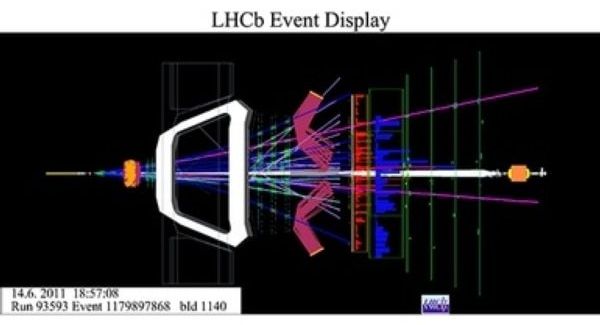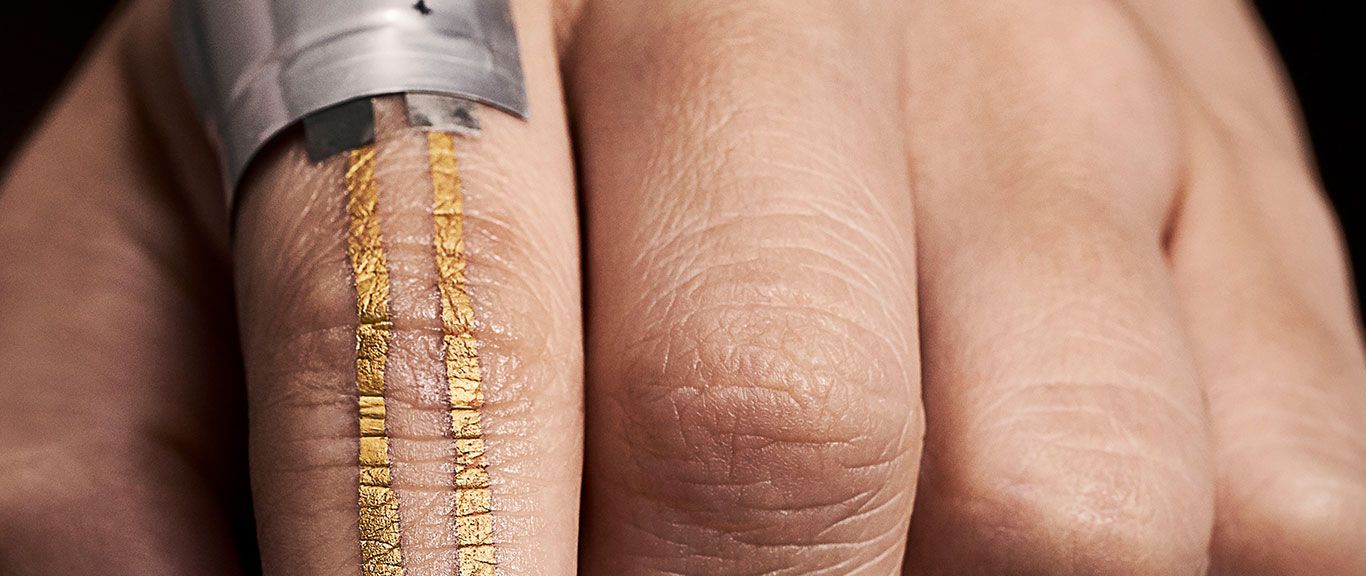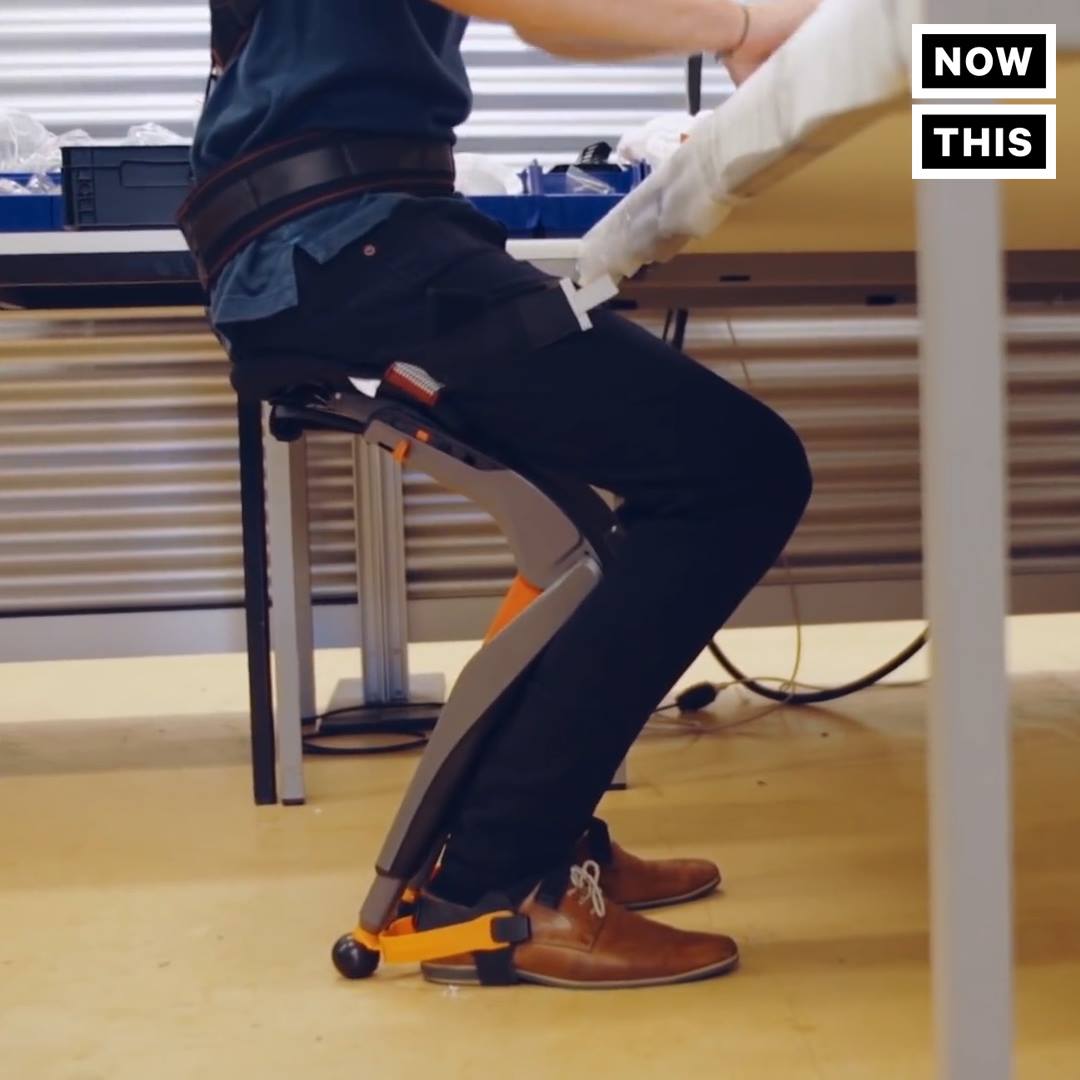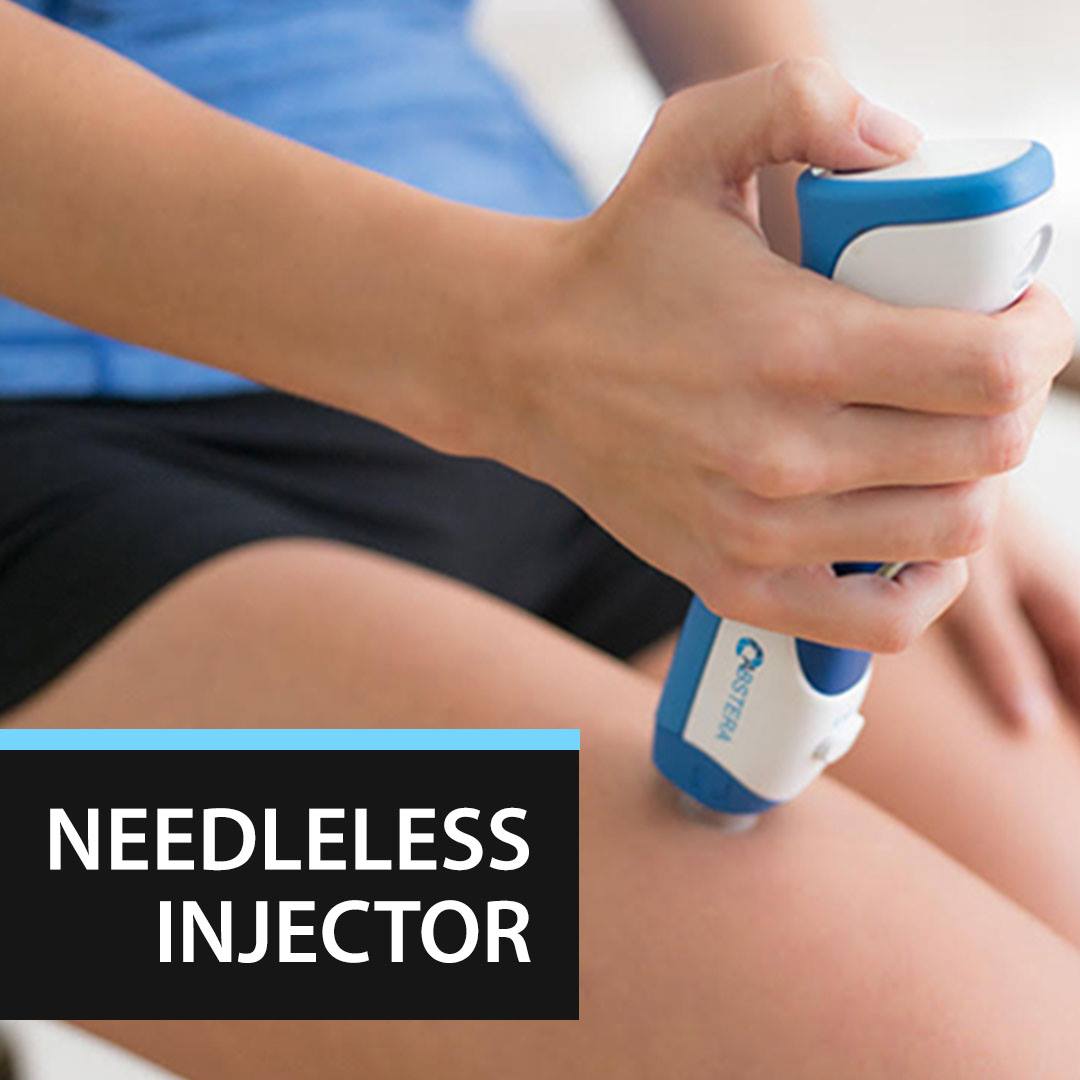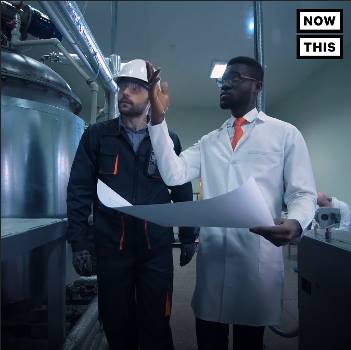My HuffPost article from yesterday on military, #transhumanism and science was on the frontpage of Reddit today with nearly 12,000 upvotes & This was a policy article of my libertarian CA governor campaign. I’m happy to see it do so well.
One afternoon in February 2011, Kelly Dwyer strapped on a pair of snowshoes and set out to hike a beaver pond trail near her home in Hooksett, New Hampshire. When the sun dropped below the horizon hours later, the 46-year-old environmental educator still hadn’t returned home. Her husband, David, was worried. Grabbing his cellphone and a flashlight, he told their two daughters he was going to look for Mom. As he made his way toward the pond, sweeping his flashlight beam across the darkening winter landscape, he called out for Kelly. That’s when he heard the moans.
Running toward them, David phoned their daughter Laura, 14, and told her to call 911. His flashlight beam soon settled on Kelly, submerged up to her neck in a hole of dark water in the ice. As David clutched her from behind to keep her head above water, Kelly slumped into unconsciousness. By the time rescue crews arrived, her body temperature was in the 60s and her pulse was almost too faint to register. Before she could reach the ambulance, Kelly’s heart stopped. The EMTs attempted CPR—a process doctors continued for three hours at a hospital in nearby Manchester. They warmed her frigid body. Nothing. Even defibrillation wouldn’t restart her heart. Kelly’s core temperature hovered in the 70s. David assumed he’d lost her for good.

Scientists aren’t yet certain that electrons and their relatives are violating the Standard Model of particle physics, but the evidence is mounting.
- By Jesse Dunietz on July 17, 2017
In this video, co-author D. Fox Harrell discusses “Reimagining the Avatar Dream,” a Contributed Article in the July 2017 Communications of the ACM that argues for the need to reconsider the social and cultural impacts of creating social networks based on virtual identities.
Scientists have developed an electronic sensor that is hypoallergenic, breathable and can be worn constantly for a week, enabling continuous, unobtrusive health monitoring.
The patch, developed by scientists at the University of Tokyo, is, according to its creators, so thin and light that the majority of users will forget they are even wearing it – a far cry from many of the weighty or uncomfortable health monitoring solutions currently available.
Designed to withstand repeated and continuous bending and stretching, the patch can be worn during a host of day-to-day activities, including sports. As a result its creators believe it could be used not only in healthcare settings, but also to monitor professional athletes.


